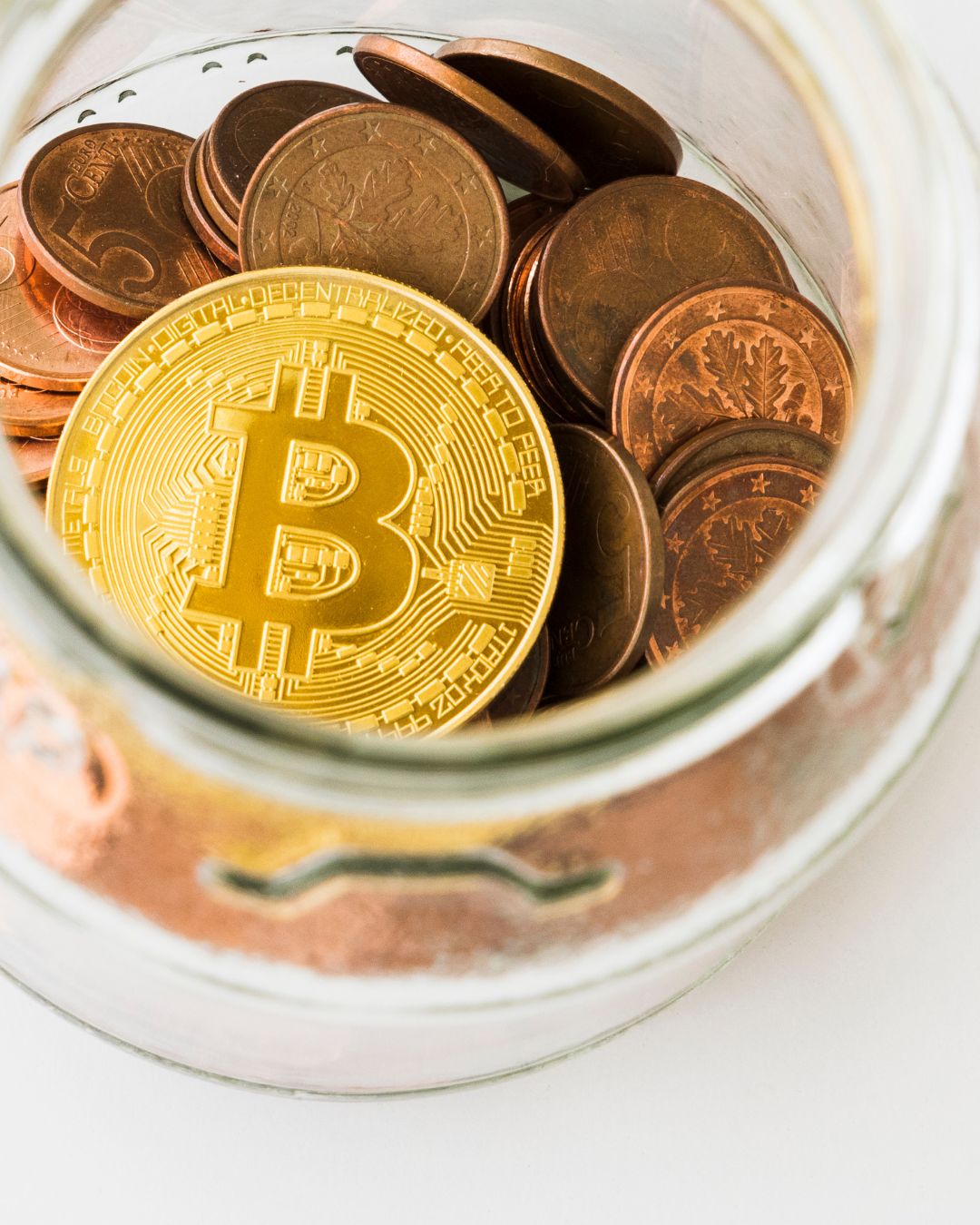

Alright, so let's talk about forks in the blockchain. A fork happens when there is a disagreement among the nodes in the network about which blocks are valid. extra information readily available click on now. This can occur for a variety of reasons, such as changes to the protocol or malicious actors trying to manipulate the system.
When a fork occurs, it creates two separate chains within the blockchain - one following the original protocol and another following the new rules. This can lead to confusion and potentially cause problems for users who are unsure which chain to trust.
Forks can be classified into two main types: hard forks and soft forks. A hard fork is a permanent split in the blockchain where nodes that do not upgrade to the new protocol are no longer able to participate in the network. On the other hand, a soft fork is a temporary split that allows non-upgraded nodes to still interact with those using the new rules.
In conclusion, forks are an inherent part of blockchain technology and can have significant implications for its users. It is important for developers and users alike to stay informed about potential forks and how they may impact their operations within the network.
Forks in digital currency can be tricky to understand, but they are important to grasp if you want to stay up-to-date with the latest developments in the world of crypto. Soft forks and hard forks are two types of forks that can occur in a blockchain network, and each has its own implications for users.
A soft fork is when a change is made to the protocol that is backward-compatible, meaning that users who do not upgrade their software can still participate in the network. This type of fork typically results in a temporary split in the chain, but eventually, all nodes will converge back onto the same chain. Soft forks are generally considered less disruptive than hard forks because they do not require all users to upgrade their software.
On the other hand, a hard fork is when a change is made to the protocol that is not backward-compatible, meaning that users who do not upgrade their software will be unable to participate in the new network. This type of fork results in a permanent split in the chain, creating two separate chains with different rules and protocols. Hard forks are often controversial because they can lead to confusion among users and potential security risks.
Overall, understanding the difference between soft forks and hard forks is essential for anyone involved in digital currency. Whether you're a casual user or a seasoned investor, knowing how these types of forks work can help you navigate the ever-changing landscape of cryptocurrency with confidence.
The complete number of Bitcoin that can ever be mined is topped at 21 million, developing a built-in deficiency comparable to valuable metals.
Crypto mining eats an substantial amount of energy, bring about issues over its ecological impact and triggering initiatives for even more lasting practices.
The biggest cryptocurrency theft happened in 2018, when about $534 million well worth of NEM symbols were stolen from the Coincheck exchange.
Bitcoin's initial real-world purchase was to buy 2 pizzas for 10,000 bitcoins in 2010, stressing the early days when Bitcoin's real-world worth was still being developed.
Digital currency is a form of virtual money that can be used for online transactions.. It operates independently from traditional banks and is stored in digital wallets.

Posted by on 2024-04-28
Digital currency has a lot of advantages that can help increase financial inclusion.. For example, it is easy to use and accessible to many people.

Posted by on 2024-04-28
So, when it comes to digital currencies, there are a lot of options out there.. One popular type is Monero, which is known for its focus on privacy and security.

Posted by on 2024-04-28
Forks have a significant impact on the digital currency community and market. They can cause confusion and uncertainty among investors, leading to fluctuations in prices. Forks occur when a blockchain splits into two separate chains due to differences in protocol or consensus rules. This can result in the creation of a new cryptocurrency, as seen with Bitcoin Cash and Ethereum Classic.
The effects of forks are not always negative, however. They can also lead to innovation and improvements in technology. For example, the SegWit2x fork of Bitcoin resulted in increased transaction speeds and lower fees. Additionally, forks can promote decentralization by allowing for different visions within the community to be realized.
Despite these potential benefits, forks can still create challenges for the digital currency market. The existence of multiple versions of a cryptocurrency can confuse consumers and hinder adoption. Furthermore, contentious forks like Bitcoin Cash vs Bitcoin can create division within the community.
In conclusion, while forks have both positive and negative impacts on the digital currency community and market, they are an inevitable part of the evolving landscape of cryptocurrencies. It is important for investors to stay informed and adapt to changes in order to navigate this complex environment successfully.

Forks in popular cryptocurrencies like Bitcoin and Ethereum are a common occurrence that can lead to significant changes in the blockchain network. These forks occur when a group of developers decide to make modifications to the existing codebase, resulting in a split from the original chain.
One example of a notable fork in Bitcoin is Bitcoin Cash, which was created in 2017 as a result of disagreements within the community over how to scale the network. Another example is Bitcoin Gold, which aimed to decentralize mining by changing the algorithm used to mine new coins.
In Ethereum, one of the most famous forks is Ethereum Classic, which was created after a hack on the DAO (Decentralized Autonomous Organization) led to a controversial decision to reverse transactions. This fork resulted in two separate chains, with some users sticking with the original Ethereum chain and others moving to Ethereum Classic.
These examples show that forks can have both positive and negative effects on cryptocurrency networks. While they can lead to innovation and improvements, they can also cause confusion and division among users. Overall, forks are an integral part of the evolving landscape of cryptocurrencies and will continue to shape their future development.
The controversy surrounding forks in the digital currency space be a hot topic right now. Many people ain't sure what to think about 'em, and there be a lot of debate goin' on. Some folks say that forks can be good for the market, while others argue that they cause too much confusion and instability.
One of the main issues with forks be that they can split the community and create two separate currencies. This can lead to disagreements among developers and users, causin' even more division. Some believe that this fragmentation hurts the overall value and credibility of the digital currency space.
On the other hand, some supporters of forks argue that they allow for innovation and improvement within a particular cryptocurrency. By creatin' a new version of the blockchain, developers can experiment with different features and technologies without disruptin' the original network. This can lead to advancements in security, scalability, and functionality.
Overall, it seems like there be valid points on both sides of the argument. It's important for investors and users to do their own research and weigh the pros and cons before decidin' where they stand on this controversial issue. At the end of the day, only time will tell how forks will impact the future of digital currencies.

So, let's talk about forks for digital currencies. Forks can be a great thing, right? They can lead to new opportunities and improvements in the technology. But at the same time, there are some drawbacks that we need to consider as well.
First of all, let's look at the benefits of forks. When a fork happens, it can result in a new currency being created. This can provide users with more options and diversity in the market. It also allows for upgrades and fixes to be implemented more quickly than waiting for consensus from everyone involved.
However, on the flip side, there are some drawbacks to forks as well. One major issue is that they can cause confusion and uncertainty among users. With multiple versions of a digital currency floating around, it can be difficult to know which one to trust or invest in.
Additionally, forks can also lead to disagreements within the community. Some people may not agree with the changes being made or feel like their voices aren't being heard. This can create tension and division among users.
In conclusion, while forks have their benefits in terms of innovation and progress, they also come with their fair share of drawbacks that need to be carefully considered before moving forward with any changes. So next time a fork happens in the world of digital currencies, remember to weigh both the pros and cons before making any decisions.